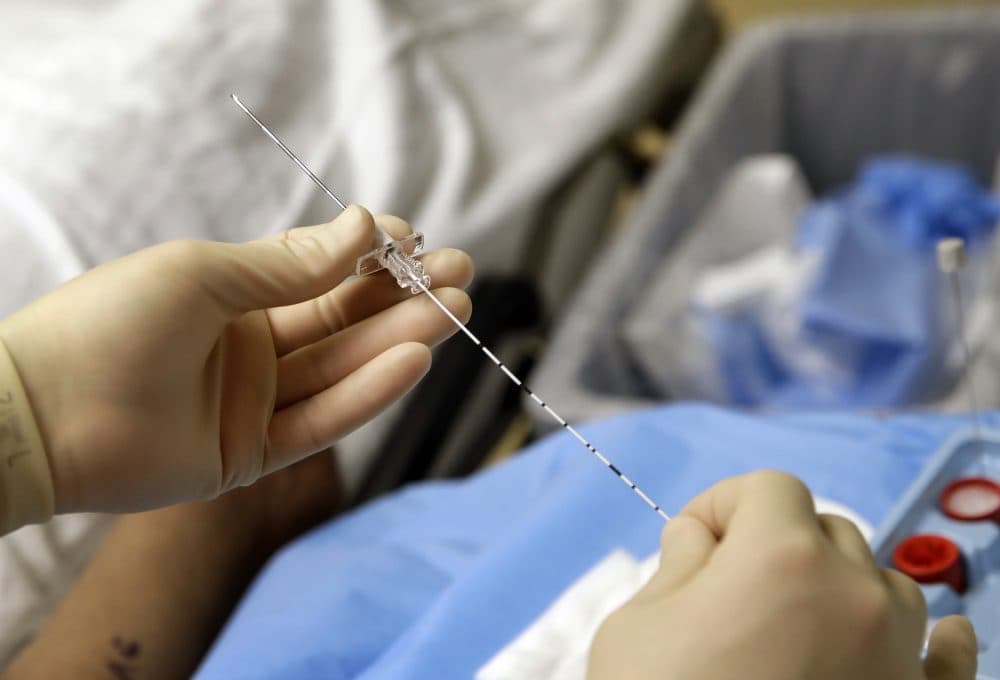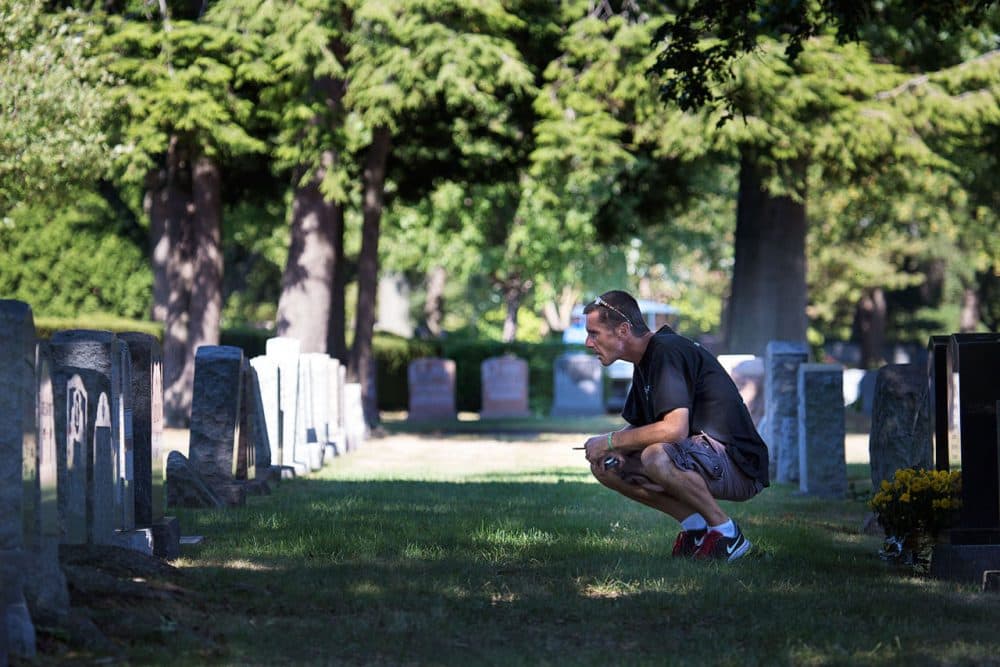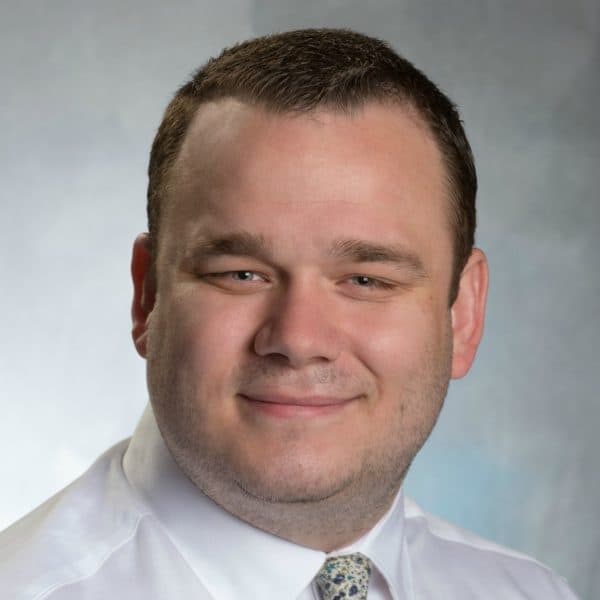Advertisement
Commentary
From The ER To Nowhere: GOP's Health Care Bill Threatens Opioid Addiction Treatment

Imagine you get a frantic call from a loved one. He has chest pain that feels like the last time he had a heart attack and he is en route to the emergency room.
After weaving through traffic on I-93, negotiating the maze of hospital parking, you arrive at his bedside in the ER an hour later.
You find him struggling to pack his bags, his right hand still clutching at his chest, beads of sweat trickling down his forehead, his face wincing from the tiny jolts of pain running through his chest like electricity.
Confused, you asked what happened.
Between strained breaths he's able to hand you the discharge paperwork he was just given.
The cover of the discharge packet is a page titled "Information On Heart Attacks." The next page shows a summary sheet of his laboratory results diagnosing him with a heart attack. If he does not receive a procedure called a percutaneous coronary intervention soon, he'll likely die from this.
The doctor returns and hands him a list of nearby centers that provide the treatment. She states, “Unfortunately, most centers don’t accept new patients at this hour, but perhaps if he calls first thing on Monday, he could get treatment in a week or so, insurance permitting.”
You protest, knowing he may die if he doesn't get immediate help. The doctor replies, "I am so sorry, there is nothing more we can do tonight."
Sound absurd?
Thankfully, this is not the way we treat heart attacks.
Unfortunately, this is the way most emergency departments treat patients looking for help overcoming their opioid addiction.
Today, if your loved one presented themselves to almost any emergency room solely looking to get treatment for his addiction, he's likely to get what amounts to a routine physical exam, a discharge packet with a list of phone numbers to detox facilities and a pat on the back.

In the midst of what is the biggest public health crisis since the AIDS epidemic in the mid-1990s, we also have an enormous treatment gap that is exposed nightly in our state's emergency rooms.
Consider: A recent federal survey found that Massachusetts had by far the highest rate of opioid-related ER visits at 450 for every 100,000 residents, a number 10 times higher than the lowest rate in Iowa at 45 visits. Maryland was a distant second at 300 visits. And yet, the data show us that about 80 percent of patients with substance use disorder do not get the treatment they need. This status quo is unacceptable.
Fortunately, some emergency departments are quickly adopting innovative strategies to provide better care for this population. The treatment that holds the most promise is medication-assisted therapy (MAT) in which doctors administer buprenorphine in the ER, a partial narcotic that is less addictive and easier to taper off than methadone.
For instance, emergency physicians at Yale New Haven Hospital recently tested how administering Suboxone, a brand of buprenorphine, and then referring patients to outpatient providers to continue the medication therapy would impact the rate of persistence with addiction treatment. The result: After 30 days, 78 percent of patients who were given Suboxone and a brief interview remained in treatment while only 37 percent of patients who merely received a referral to an outpatient drug rehab provider remained in treatment.
The authors leveraged a little-known exemption to a federal law that allows emergency providers to administer Suboxone in the ER to treat withdrawal symptoms for 72 hours while permanent treatment is being arranged. That exemption allows doctors to provide this valuable treatment without going through the unpopular Drug Enforcement Administration waiver process that currently prevents 97 percent of all physicians from being able to prescribe the drug.
Another study from Medstar Union Memorial Hospital found that starting Suboxone before hospital discharge decreases return hospital and ER visits and improves patients’ perception of quality of life.
These studies point to potentially life-changing solutions for these vulnerable patients.
The House's passage of the Republican health care bill, however, threatens the use of this solution in emergency rooms nationwide. This is because starting Suboxone in the ER is only effective if patients can continue treatment with outpatient providers that can prescribe the medication. This relies on insurance payers covering the medication.
For emergency physicians like us, this means ... there may be no outpatient physicians able to continue the treatment, effectively creating a bridge to nowhere.
Today, Obamacare ensures this coverage by requiring that all patients covered under Medicaid expansion receive essential health benefits, including substance use disorder services like Suboxone.
Frighteningly, the recent Congressional Budget Office report reveals that the current version of the Republican health care bill eliminates the requirement for essential health benefits and threatens this solution. If insurers do not cover Suboxone, outpatient providers will be unable to continue prescribing this medication to discharged patients.
For emergency physicians like us, this means that while we may be able to start patients on these lifesaving medications, there may be no outpatient physicians able to continue the treatment, effectively creating a bridge to nowhere.
As Senate Republicans produce their version of the Republican health care bill, emergency physicians on the front line, desperate for solutions, implore: less lip service, more drug rehabilitation services. Turning the tide on the opioid epidemic starts with protecting the essential health benefits that combat opiate addiction.

